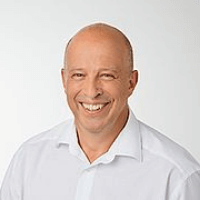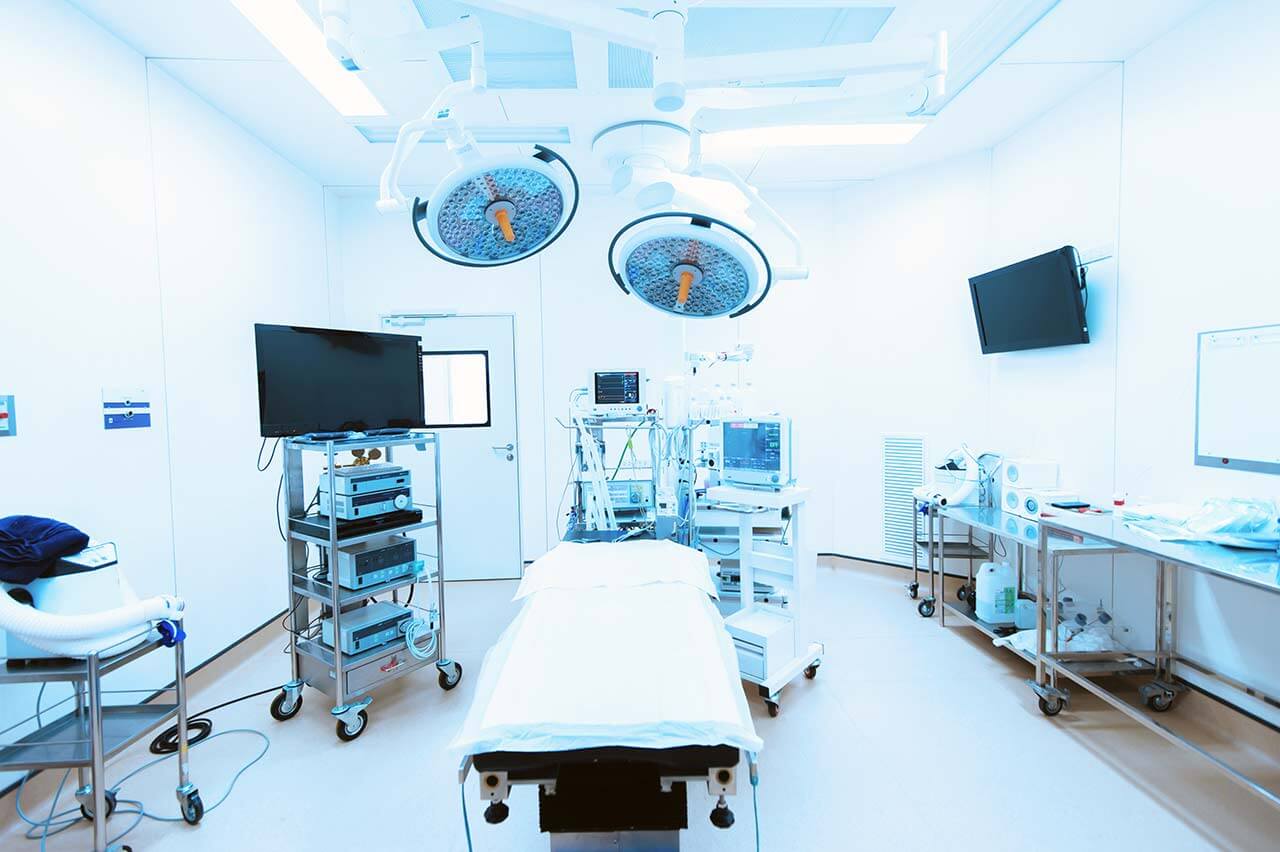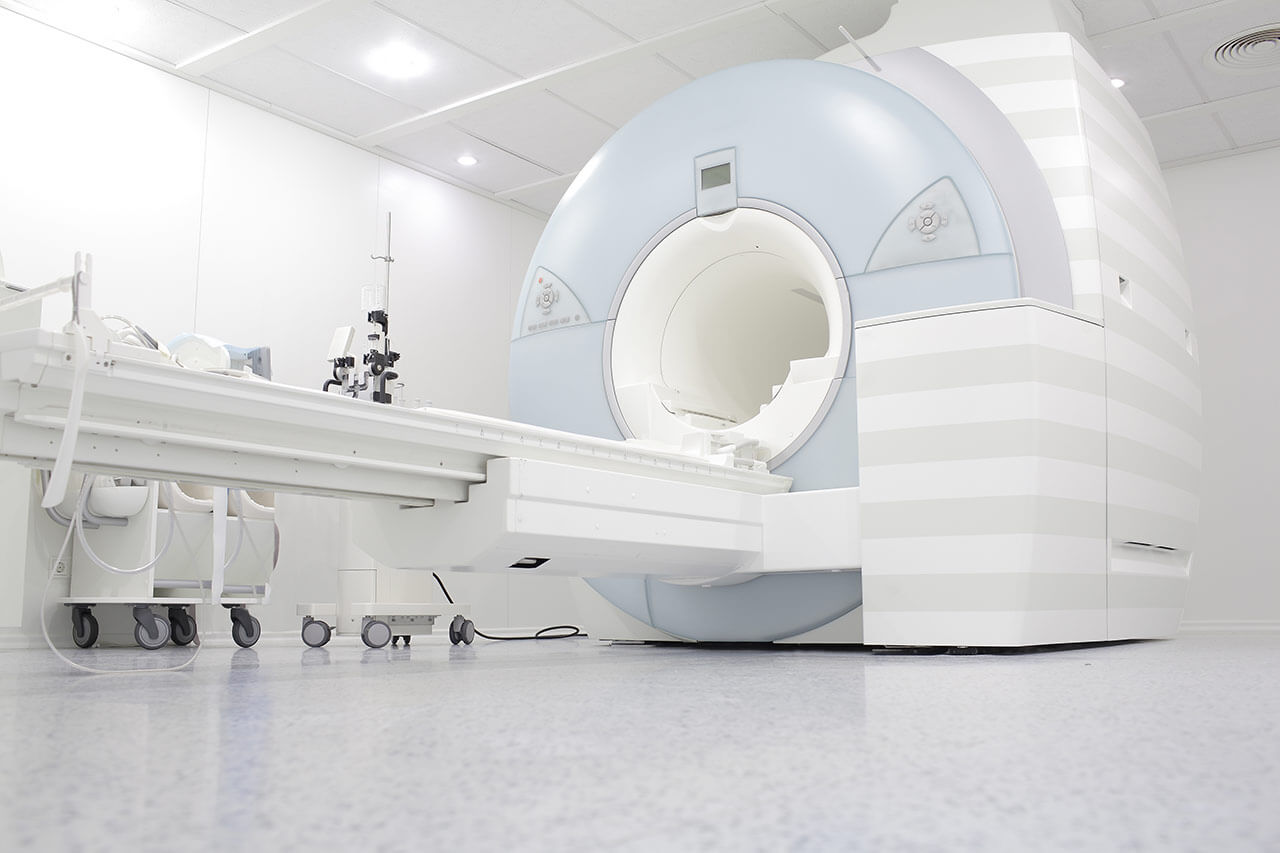
About the Department of Nuclear Medicine at ATOS Clinic Heidelberg
The Department of Nuclear Medicine at the ATOS Clinic Heidelberg provides the full range of medical services in its area of competence in accordance with the high standards of European medicine. The main focus of the daily work of the department's doctors is radioisotope diagnostics: classical scintigraphy, DATSCAN scintigraphy, single-photon emission computed tomography (SPECT), and SPECT/CT. To perform radioisotope examinations, the department uses the latest generation of the world-renowned Philips gamma camera, a BrightView gamma camera with excellent performance, and other equipment. The department also offers therapeutic procedures, the most popular of which is radiosynoviorthesis. This is an effective method in the fight against joint pathologies, especially rheumatoid arthritis and arthrosis. Diagnostic and therapeutic procedures are mostly performed on an outpatient basis without hospitalization. The health of patients is in the safe hands of a highly competent medical team with impressive clinical experience in their specialty. The department is headed by Dr. med. Dirk Aufderstrasse.
The department performs skeletal scintigraphy (osteoscintigraphy) almost every day. This examination is indicated for patients with suspected arthrosis, bone inflammation, osteonecrosis (necrosis of a bone area caused by impaired blood supply), and impaired wound healing after fractures, endoprosthesis implantation, or other skeletal surgical procedures. Osteoscintigraphy is performed as follows: the patient is injected with a radiopharmaceutical, which accumulates in the bones in the amount necessary for scanning with a gamma camera within 2 hours. During the examination, the patient receives a minimal dose of radiation that is safe for health, while scintigraphy provides important diagnostic data in cases of bone pain of unclear genesis, suspected bone tumors, or pain syndrome after injuries without signs of a fracture. Osteoscintigraphy is also used in the follow-up of oncopathologies that may metastasize to bone. The department also offers three-phase bone scintigraphy, which is used in most cases to diagnose benign tumors. Bone scintigraphy takes 4-5 hours.
The department's doctors are also competent to perform renal scintigraphy. This examination may be necessary in the case of suspected renovascular hypertension, nephrosclerosis (reduction in the size of the kidneys and their gradual replacement with connective tissue), renal dysfunction with or without urinary tract obstruction, etc. The first stage of renal scintigraphy is the intravenous administration of a radiopharmaceutical (mercaptoacetyltriglycine, MAG 3), after which scanning is performed with a gamma camera. The examination lasts 1-2 hours. Before renal scintigraphy is performed, the department's doctors give the patient recommendations, the most important of which are to drink plenty of fluids and not to take antihypertensive drugs on the day of the examination.
Thyroid scintigraphy complements the department's diagnostic capabilities. During the examination, the patient is administered intravenously with the radiopharmaceutical Technetium-99m, after which two-dimensional scans of functionally active thyroid tissues are generated using a gamma camera. Prior to the examination, the patient is given instructions on preparation: it is forbidden to take iodine-containing medicines for at least 4 weeks before the examination. Scintigraphy is indicated for patients with suspected "cold" and "hot" thyroid nodules, thyroid adenoma, thyroid cancer, and other pathological changes. The procedure takes no more than an hour.
The department also offers treatment with radiopharmaceuticals. One of the medical team's specialties is radiosynoviorthesis (RSO). This is a treatment procedure with proven effectiveness for the local treatment of chronic inflammatory joint lesions. The doctors at the medical facility most often perform RSO on patients with arthrosis and rheumatic joint lesions, such as rheumatoid arthritis. It should be noted that radiosynoviorthesis is not a first-line treatment. It is used when conservative treatment with anti-inflammatory drugs is not effective. The essence of the therapeutic manipulation is the injection of a radiopharmaceutical into the affected joint under imaging guidance. The procedure is performed on an outpatient basis under local anesthesia. The radiopharmaceuticals used in radiosynoviorthesis contain beta-emitting radionuclides with a radius of action of only a few millimeters, so the procedure has virtually no effect on healthy tissues. This method of treatment is a sparing and highly effective alternative to surgery. In most cases, pain relief occurs within a few days after RSO. Another advantage of the procedure is that it can be repeated after a short break.
The department's range of medical services includes the following:
- Diagnostic procedures
- Classical bone, renal, and thyroid scintigraphy
- DATSCAN scintigraphy
- Single-photon emission computed tomography (SPECT)
- SPECT/CT
- Therapeutic procedures
- Radiosynoviorthesis
- Other diagnostic and treatment methods
Curriculum vitae
Higher Education and professional Career
- 1981 - 1987 Medical studies and thesis defense, Ruprecht Karl University of Heidelberg.
- 1988 - 1993 Residency, Municipal Hospital Wuppertal-Barmen (Academic Hospital of the Heinrich Heine University Duesseldorf).
- 1992 Board certification in Nuclear Medicine, Medical Association of North Rhine.
- 1993 - 1998 Private Nuclear Medicine Clinic, Hagen, Westphalia.
- Since 1999 Head Physician, Department of Nuclear Medicine, ATOS Clinic Heidelberg.
Memberships in Professional Societies
- German Society for Nuclear Medicine (DGN).
- Southwest German Society for Nuclear Medicine (SWDGN).
- Professional Association of Nuclear Medicine Specialists (BDN).
Photo of the doctor: (c) ATOS Klinik Heidelberg




